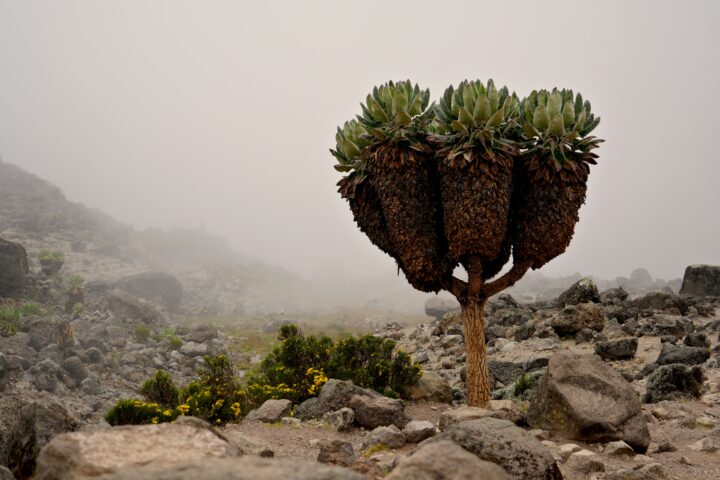Sense Chemicals (Odor, Taste, etc.) From the Environment
Chemicals are important for signaling and communication among living systems, either intentionally (such as when two living systems try to find one another) or unintentionally (such as when a plant emits a chemical signal that an herbivore can use to find a tasty bite). They are also important for other uses, such as navigating or finding sources for minerals. But chemical signals are often relatively weak and disperse when moving through water or gases. Therefore, detecting them requires specialized abilities, including a way to determine where they are coming from. A well known example of sensing chemicals can be seen in ants following a pheromone trail laid down by others in their colony to locate a quality and abundant food source.
Capture, Absorb, or Filter Chemical Entities
Living systems often require chemical elements and chemical compounds, including complex sugars, proteins, and odor-making compounds, to perform critical activities. These compounds exist in various states–solid, liquid, and gas–and are ubiquitous in soil, water, and air. This requires that living systems not only have ways to capture, absorb, or filter them, but also ways to differentiate among them, selecting those that are valuable or harmful. For example, mangrove trees live with their roots in salty water and sediments. Various mangrove species have different strategies for removing salt from the water they take in so that their tissues can use the fresh water.





